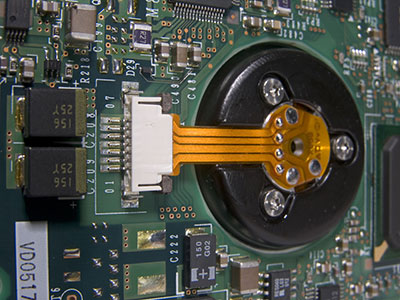The PCB industry is quite complicated as it includes different aspects. A lot of things come together to create the final product. We have to take care of designing, assembling, and whatnot. Plus, now there is also the option to add flexible heaters. So what are flexible-heaters, and what do they do? Let’s find out.
Contents
- 1 1. Flexible-heaters—What Are Flexible Heaters?
- 2 2. Flexible-heaters—Why Do PCBs Need a Flexible Heater?
- 3 3. How Does a PCB Heater Work?
- 4 4. Flexible-heaters—Flexible Heaters Design: The Complicated Part
- 5 5. How Can I Get Flexible Heaters for PCB?
- 6 6. Flexible-heaters—Can I Build a Custom Heater for PCB?
- 7 7. PCB Thermal Design Considerations: Things to Remember
- 8 Flexible-heaters–Conclusion
1. Flexible-heaters—What Are Flexible Heaters?
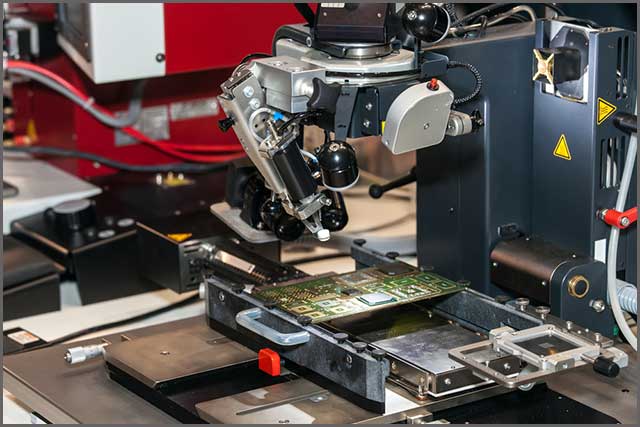
The term flexible heater can be quite complicated to understand for some people.
In simple words, a flexible heater is a wire wound or screen printed, chemically etched heater that can be bent or flexed to fit the contours of the given surface.
You will find different types of flexible heaters on the market. Some of the most common options include:
- Polyimide/Kapton® Film heaters
- Transparent heaters
- Carbon printed heaters
While they are designed to do the same job, they differ significantly in shape, thickness, and size. Plus, some may contain additional components to improve the overall performance.
Flexible heaters are accurate, rugged, efficient, and reliable. They are also chemical-resistant and moisture-free. Hence they can be used in several applications without any concerns.
Another great benefit is ease, and they are easy to adhere or bond to any size and type of substrate.
Flexible heating elements for different sectors, even the military uses flexible heaters for several applications. Individuals and businesses also demand flexible heating elements due to the growing requirements.
Flexible heaters are lightweight, thin, and able to handle vacuum applications and harsh environments. They are highly durable as well and can handle extreme temperatures:
- Intermittent: Up to 260°C or 500°F
- Continuous: Up to 200°C or 392°F.
2. Flexible-heaters—Why Do PCBs Need a Flexible Heater?
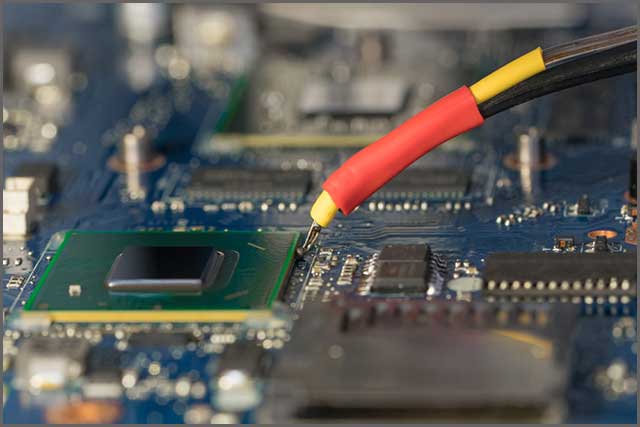
Some products and projects will need some heating, sometimes to prevent electronics from getting too cold, and sometimes to reduce or control humidity. Cooking is also used to prevent materials from sticking to each other and heat a specific element.
Effective and efficient heat transfer is essential to run any heating application successfully. The best way to use flexible heaters is to adhere to the given surface.
A significant reason why flexible heaters are so successful is due to this quality alone. It ensures there is a proper flow of energy. The most important thing that needs to be paid attention to is the design of the element. It should adequately fit the surface. Installation is also of enormous importance in this regard.
The interface needs to be uniform. We strive to achieve the required level of accuracy in the design and installation of a flexible heater.
In some cases, we can build different controls and sensors into the heater to get better results. These include thermocouples, adjustable or pre-set thermostats, thermistors, thermal fuses, and RTDs.
3. How Does a PCB Heater Work?
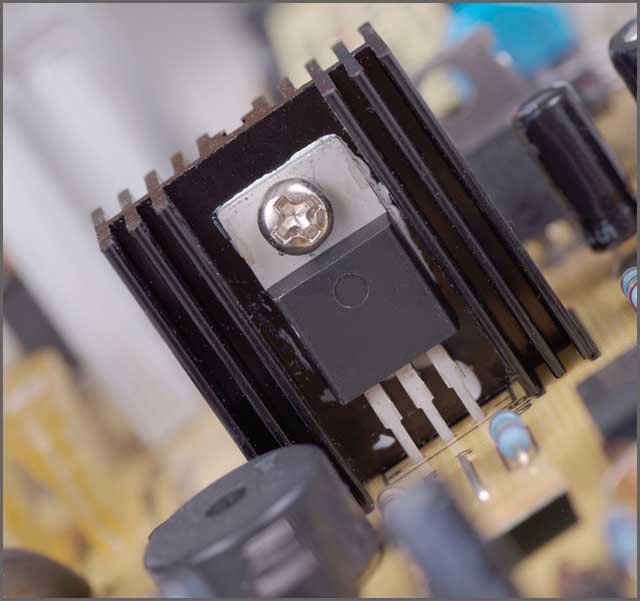
Flexible heaters are composed of a single layer of flexible circuits that utilize resistive alloys like cupro-nickel and Inconel to make conductive paths.
They are different from typical circuits as they do not use copper for the job.
PCBs are not very complicated to understand. They follow common rules.
We use higher resistance conductors to ensure regular current flow to produce the required heat.
Some of the most critical factors in this regard are the thickness and width of the conductor. This is very important. Otherwise, we’ll not be able to get our desired level of resistance.
4. Flexible-heaters—Flexible Heaters Design: The Complicated Part
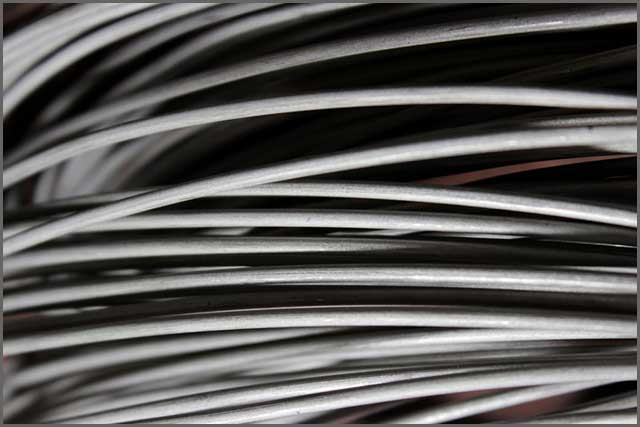
Most heater elements contain high-resistance materials that can carry or handle the required voltage so that the content can heat up as required. Nichrome wire, for example, is suitable for this purpose. It contains 20% chromium and 80% nichrome.
The material has excellent resistance, which is a lot higher than steel and copper. Another advantage of using this material is the layer of chromium oxide that forms on the outside when you use it for the first time.
This layer improves performance to a certain degree. It actually can be useful in preventing the material from sustaining damage. Adding life to it and making it durable so you can use it for an extended period.
In addition to this, it also increases resistance to the rising temperature. This happens because the material has a positive temperature coefficient. This feature ensures no extra heating as the system goes in a self-regulating mode, making it safer to use.
However, not all applications may benefit from nichrome. This is because nichrome produces a lot of heat, and hence, it may not be suitable for all uses. Think of a CNC bed; if you use nichrome for this material, you will need a very high content with several turns to get the job done.
Wire heaters can be the right choice for circuit heaters, cookers, and other such applications. But, it is essential to know the trick behind making a heating element that is non-intensive and easy to handle. The solution lies in PCB trace.
5. How Can I Get Flexible Heaters for PCB?
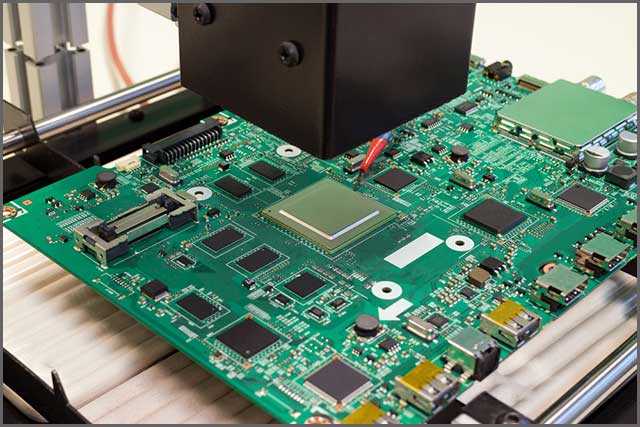
Put all your worries to rest and get in touch with WellPCB to care for all your PCB needs, including flexible heaters.
We have been in the business for years and have mastered the art of building PCBs and other elements, including flexible heaters.
At WellPCB, we’ll not only build it for you. But we’ll also answer all questions you may have regarding our services or flexible heaters.
If you are confused about the design of the heater, then worry not. We will look at the surface you have and come up with a plan that will adequately stick to it so that you have to face no issues in running the unit.
6. Flexible-heaters—Can I Build a Custom Heater for PCB?
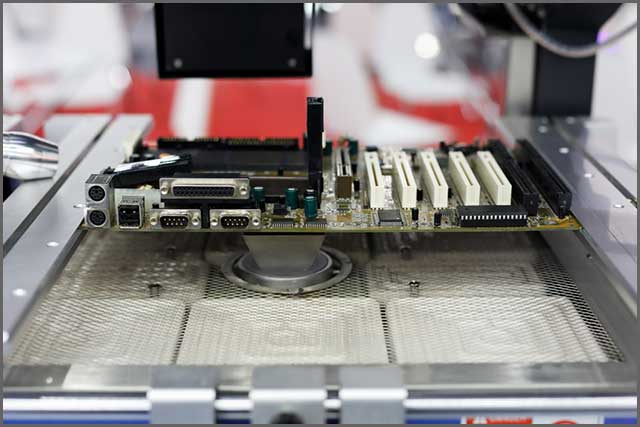
If you search the internet, you will find dozens of tips on building your flexible heater. While these ideas may appear helpful, the truth is that you cannot make your heater if you have no experience building and assembling PCBs.
You may end up damaging the surface if you choose the wrong heater. Hence, it would help if you let the professionals take care of the job.
We produce custom flexible heaters according to your budget and requirements. We will discuss your project details and give suggestions that suit you the best. Pick your phone and talk to us today.
7. PCB Thermal Design Considerations: Things to Remember
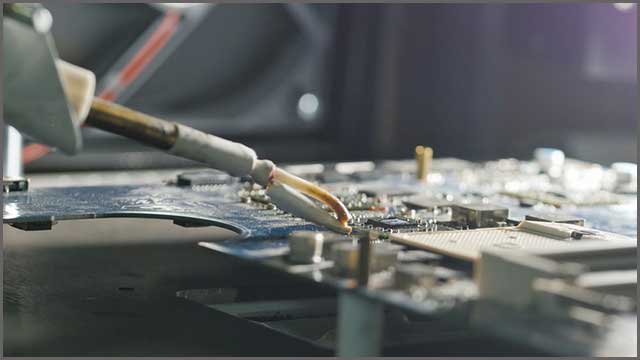
lThe Cost: Since the budget is limited, you must work with a company that offers affordable services. Flexible heaters are typically affordable, but the overall cost depends on several factors, including the size of the heater.
Also, make sure there are no hidden charges. Some providers are known to add extra costs that can cause your budget to go haywire.
• Flexible-heaters—The Material: As mentioned earlier, you can use different materials to construct flexible heaters. The right equipment depends on the nature of the board and how hot you want it to get.
If you do not know which materials to use, then get in touch with us, and we’ll explain to you the pros and cons of all the available options.
• Flexible-heaters—WaterProof: This may not be the most critical factor for some people, but flexible heaters must be waterproof based on the nature of the application.
• Design: This is one of the most important factors because the plan depends on the size and shape of the board or surface where you want to place the flexible heater.
The heater has to contour according to the turns and curves of the surface. Otherwise, it will not stick properly, and there will not be a clear flow of energy.
Flexible-heaters–Conclusion
We are a team of professionals with years of experience in the industry. We cater to all types of clients and offer affordable rates.
